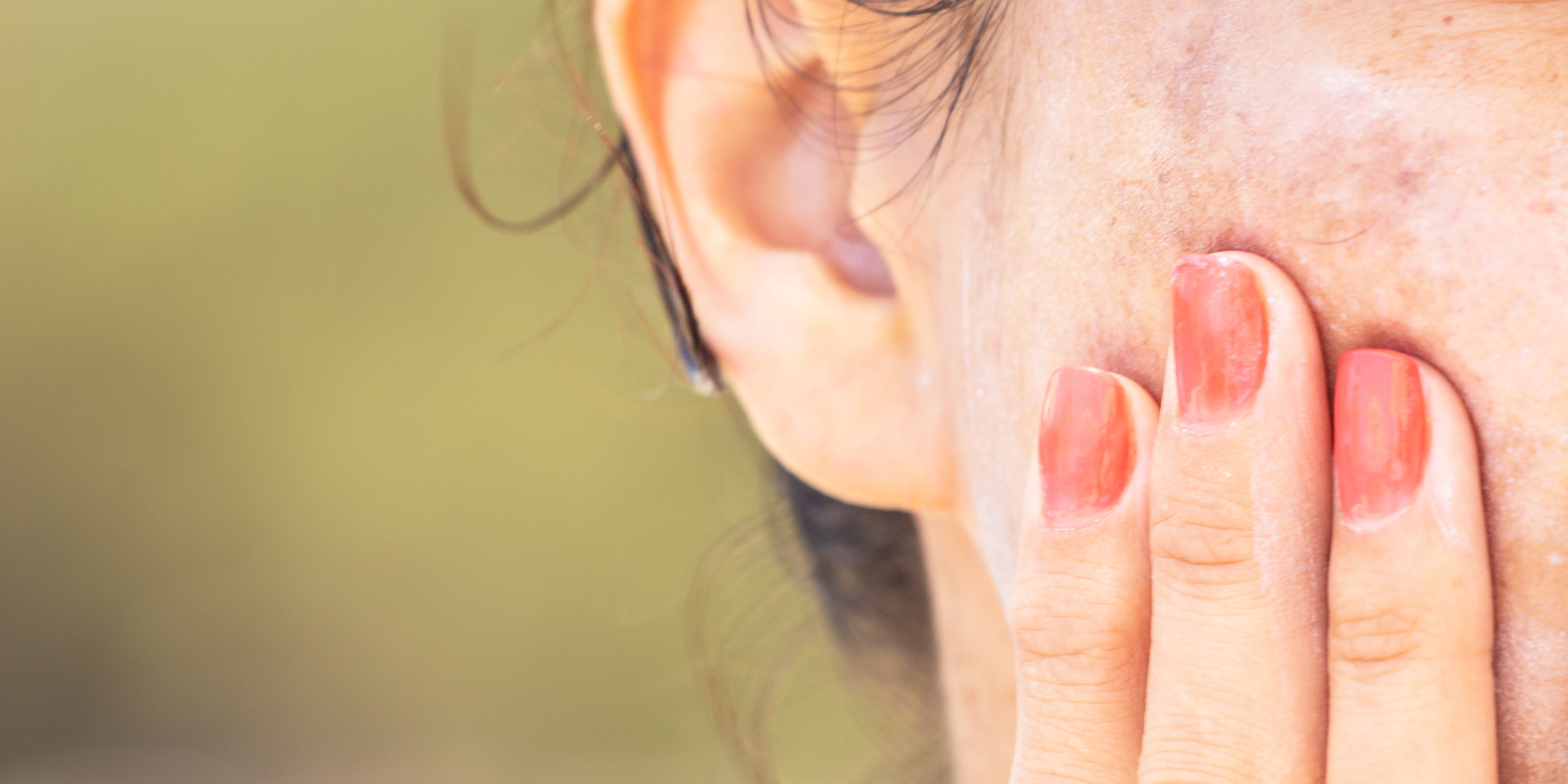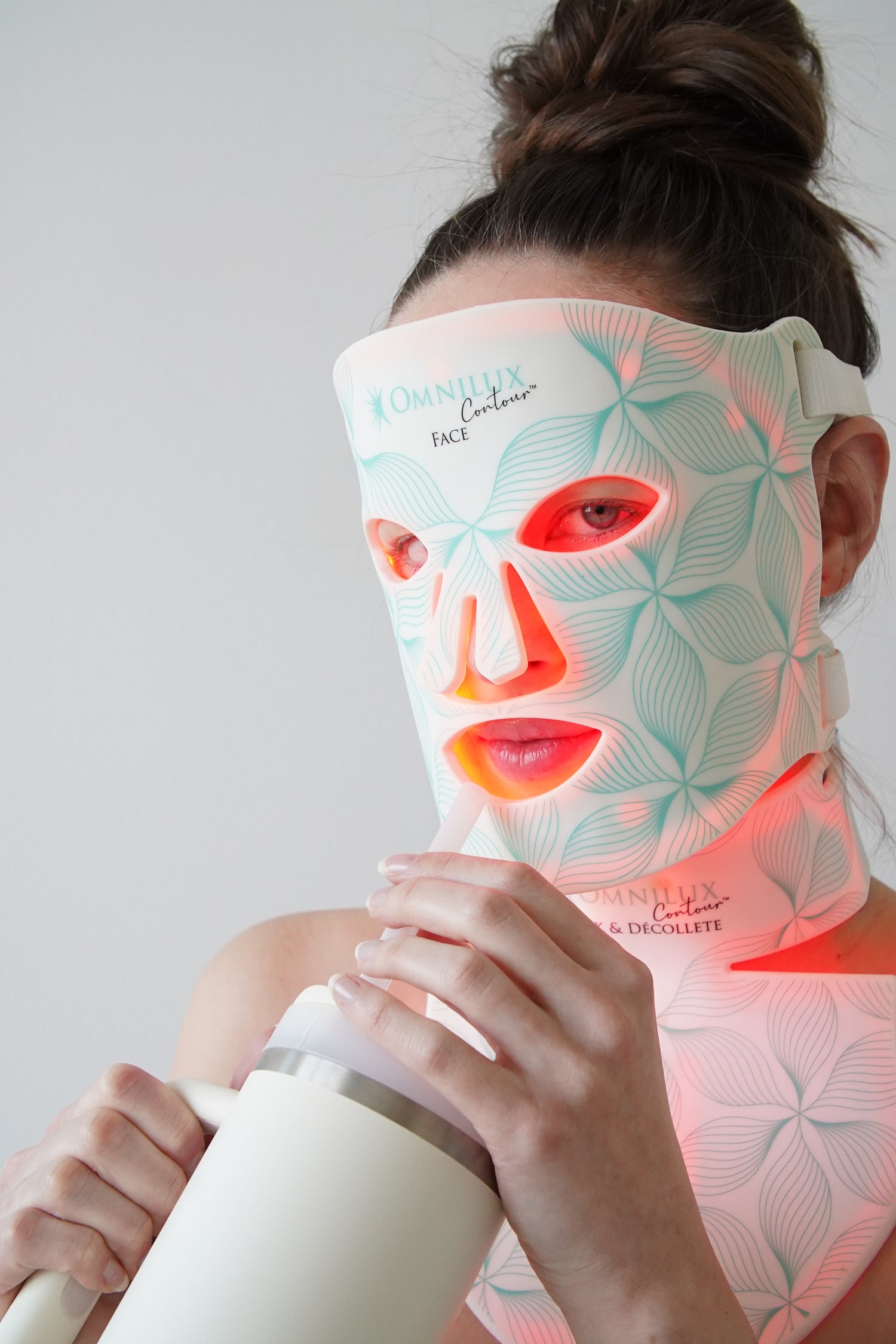The quest for glowing, flawless skin is never-ending. With advancements in skincare, various ingredients are being hailed as miracle workers. One such ingredient is tranexamic acid.
This blog post will discuss how Tranexamic Acid can help prevent UV pigmentation and promote glowing skin. We'll also discuss the benefits of incorporating skincare products such as Even & Correct Brightening Treatment Pads, Alastin A-Luminate, ISDIN Melaclear Advanced, and Even & Correct Dark Spot Cream into your daily routine.
Tranexamic Acid: The Secret Weapon Against UV Pigmentation
What is tranexamic acid?
Tranexamic Acid (TA) is a synthetic derivative of the amino acid lysine. It was initially developed to treat excessive bleeding but has gained popularity in the skincare world due to its ability to reduce pigmentation and help even skin tone.
How does tranexamic acid work?
TA reduces melanin production by inhibiting the plasminogen activation system, which is involved in UV-induced pigmentation. In short, TA obstructs the pathways in the skin that lead to hyperpigmentation (aka dark spots), leading to brighter, healthier-looking skin!
Even & Correct Brightening Treatment Pads: Exfoliate for Radiant Skin with Tranexamic Acid
Exfoliating is an essential step in achieving a brighter complexion. Even & Correct Brightening Treatment Pads are infused with tranexamic acid to help fade discoloration and boost luminosity.
These pads also contain other skin-loving ingredients like:
- Niacinamide: A form of vitamin B3 that helps reduce inflammation, redness, and hyperpigmentation.
- Lactic Acid: An alpha hydroxy acid (AHA) that gently exfoliates the skin, promoting cell turnover and improving skin texture.
- Azelaic Acid: A naturally occurring acid that helps reduce acne and inflammation while also brightening the skin.
Alastin A-Luminate: Illuminate Your Skin with Tranexamic Acid
Alastin A-Luminate is a serum designed to even out skin tone and improve radiance. Tranexamic acid promotes radiance and helps prevent UV pigmentation.
A-Luminate also contains:
- Hexylresorcinol: A skin-brightening ingredient that helps reduce the appearance of dark spots and hyperpigmentation.
- Tetrahexyldecyl Ascorbate: A stable, oil-soluble form of vitamin C that helps protect the skin from free radicals and improve overall skin tone.
ISDIN Melaclear Advanced: Clear Your Skin with Tranexamic Acid
ISDIN Melaclear Advanced is a serum containing tranexamic acid that helps correct uneven skin tone and reduce the appearance of dark spots.
Melaclear Advanced also features:
- Phytic Acid: A gentle exfoliant that helps improve skin texture and reduce the appearance of dark spots.
- Ascorbic Acid: A potent form of vitamin C that helps protect the skin from free radicals and promotes collagen production.
Even & Correct Dark Spot Cream: Fade Dark Spots with Tranexamic Acid
Even & Correct Dark Spot Cream is a targeted treatment that uses tranexamic acid to reduce the appearance of dark spots and hyperpigmentation.
Even & Correct Dark Spot Cream also includes:
- Kojic Acid: A natural skin-lightening agent derived from fungi that helps reduce the appearance of dark spots and improve skin tone.
- Licorice Root Extract: A natural ingredient that helps brighten the skin, reduce inflammation, and soothe irritated skin.
Final Thoughts on Tranexamic Acid for Preventing Pigmentation
Achieving glowing, even-toned skin is possible with the help of tranexamic acid and the right skincare products. By incorporating treatments like Even & Correct Brightening Treatment Pads, Alastin A-Luminate, ISDIN Melaclear Advanced, and Even & Correct Dark Spot Cream into your daily routine, you can effectively prevent UV pigmentation and reveal a radiant complexion. Remember, consistency is key in skincare, so be patient and give these products time to work their magic. Your skin will thank you!
Resources
Bissett, Donald L., et al. “Niacinamide: A B Vitamin That Improves Aging Facial Skin Appearance.” Dermatologic Surgery, vol. 31, 2006, pp. 860–866, https://doi.org/10.1111/j.1524-4725.2005.31732.
Cabanes, Juana, et al. “Kojic Acid, a Cosmetic Skin Whitening Agent, Is a Slow-Binding Inhibitor of Catecholase Activity of Tyrosinase.” Journal of Pharmacy and Pharmacology, vol. 46, no. 12, 1994, pp. 982–985, https://doi.org/10.1111/j.2042-7158.1994.tb03253.x.
Fitton, Andrew, and Karen L. Goa. “Azelaic Acid: A Review of Its Pharmacological Properties and Therapeutic Efficacy in Acne and Hyperpigmentary Skin Disorders.” Drugs, vol. 41, no. 5, 1991, pp. 780–798, https://doi.org/10.2165/00003495-199141050-00007.
Karn, D, et al. “Oral Tranexamic Acid for the Treatment of Melasma.” Kathmandu University Medical Journal, vol. 10, no. 40, 2012, pp. 40–43.
Pullar, Juliet, et al. “The Roles of Vitamin C in Skin Health.” Nutrients, vol. 9, no. 8, 2017, p. 866, https://doi.org/10.3390/nu9080866.
Saeedi, M, et al. “The Treatment of Atopic Dermatitis with Licorice Gel.” Journal of Dermatological Treatment, vol. 14, no. 3, 2003, pp. 153–157, https://doi.org/10.1080/09546630310014369.
Stiller, Matthew J. “Topical 8% Glycolic Acid and 8% L-Lactic Acid Creams for the Treatment of Photodamaged Skin.” Archives of Dermatology, vol. 132, no. 6, 1996, p. 631, https://doi.org/10.1001/archderm.1996.03890300047009.
Telang, Pumori Saokar. “Vitamin C in Dermatology.” Indian Dermatology Online Journal , vol. 4, no. 2, 2013, pp. 143–146, https://doi.org/10.4103/2229-5178.110593.






